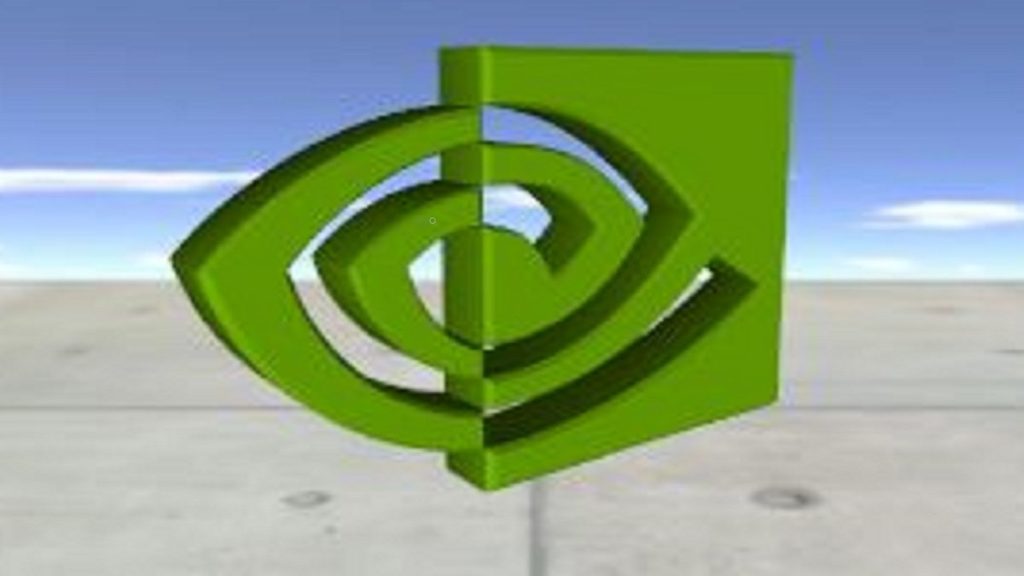
SLI is dead. Or is it? A lot of us have been saying that it is, and with good reason for a number of years now. My first i7 build used a pair of 560 TI’s, followed by 970’s, and then I finally stopped after a pair of 1080’s. Along with many enthusiasts I saw the rise, and fall, of multi-gpu support on the consumer level. At it’s best we could buy 2 lesser cards for just under the highest tier and actually have better performance. At it’s worst it simply doesn’t work.
3DCenter.org has reported that Nvidia hasn’t quite completely let go and may actually have plans for the current generation that now uses NVLink technology. If you’re not familiar with 3DCenter, and use multiple cards still, I recommend checking them out. They’ve been a great resource for custom SLI bits over the years that I’ve had a lot of success with in the past. If you don’t use a browser that translates then can you also find more details of this story at TechPowerUp.
They’re reporting that rather than using the more traditional AFR(alternate frame rendering), Nvidia might be working with CFR(checkerboard frame rendering). The difference between the two is that AFR represents entire frames being separated to multiple cards while CFR divides each frame into a checkerboard tiles and splits the tiles among the cards. They say that this currently is limited to Direct X and only Turing cards. Nvidia has not really provided much documentation about this and has actually only been discovered in drivers and can be seen in the popular tool Nvidia Profile Inspector.
At a time when both games and displays can easily demand more than even the most powerful consumer cards on the planet can provide having mgpu could be beneficial for all. A big thing that has held it back is that it heavily relies on developers to implement which in turn increases their overhead costs. Enthusiasts see pro’s and con’s as well. On one hand we can have alternative means of performance gains. On the other it can complicate things such as cooling, power, space, cabling, and support. One can easily argue, in many situations, to gain perhaps 20-30 performance by going to the next performance tier or maybe 30-50 percent in having to lesser cards and paying slightly more than that higher tier card. Many of us have walked away from multiple gpus and bit the bullet with the higher tier card approach but ultimately we all still hit the same performance limitations.
